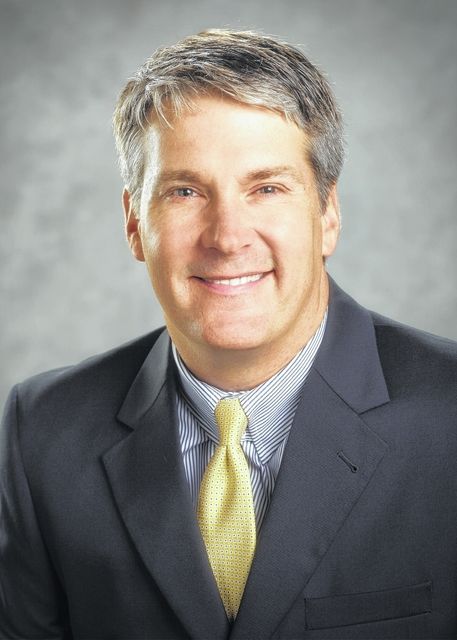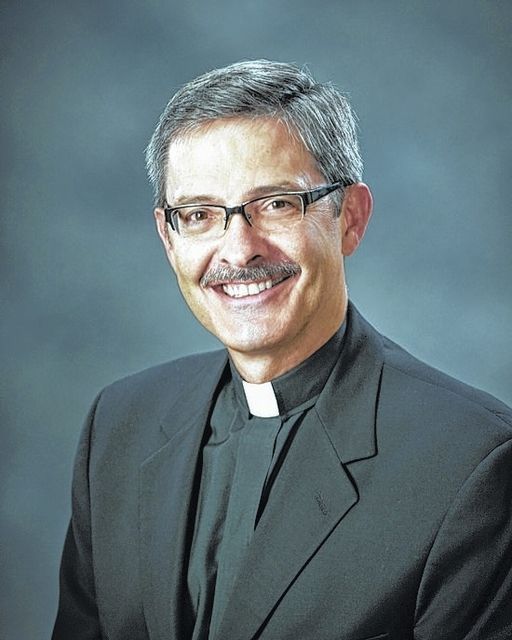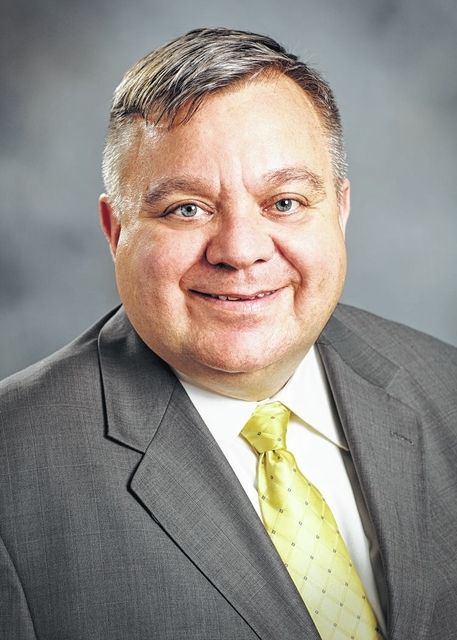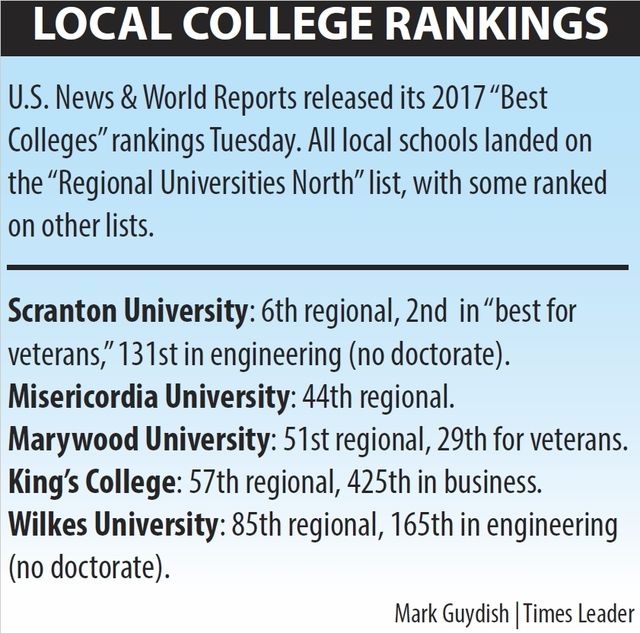Click here to subscribe today or Login.
It may seem overly predictable. The local college with the highest ranking in Tuesday’s U.S. News & World Report’s “Best Colleges” list touts the success, the one with the lowest local ranking questions the system.
But the release of what is almost certainly the nation’s most publicized college rankings raises a broader question: What do these rankings really tell prospective students?
The University of Scranton ranked 6th, highest among local institutions in the 2017 U.S. News list, and President Kevin Quinn issued a statement expressing pleasure that the U is “counted so consistently among the best colleges in the nation.”
Wilkes University ranked 85th, lowest among local schools, and university President Patrick Leahy cautioned that rankings miss critical data regarding which students a school accepts — a factor that, statistically, can have a big impact on the metrics U.S. News does count, such as student retention and graduation rates.
Half of Wilkes’ undergraduates are first-generation college students, and 43 percent of freshman are eligible for federal Pell grants given to the most financially strapped, Leahy said.
“We have a very diverse and very financially needy student population,” Leahy said, and studies show such students often require more attention and time. But serving those students “has been our mission for 83 years.”
Locally, all ranked institutions were in a category U.S. News dubs “Regional Universities North,” essentially covering states from Maryland and Pennsylvania to Maine. Locally, between Scranton and Wilkes, Misericordia was 44th, Marywood University 51st and King’s College 57th.
Which isn’t a bad showing. Consider a few other fairly well-known Pennsylvania institutions on the list: Slippery Rock ranked 75th, Shippensburg was 95th, and Bloomsburg was 104th.
U.S. News also issues a list of best “national universities,” and Princeton topped that list for the sixth year in a row. The University of Pennsylvania was the only Keystone State school to crack the top ten, tied with Duke University for eighth place. Penn State University ranked 50th.
The U.S. News rankings may get the most attention annually, but it’s hardly the only system in town.
“Basically it has become a parlor game to have rankings, so everyone has a ranking,” Leahy said. “I think any ranking that adequately takes into consideration those students you chose to educate, and what you do with those students, is welcome.”
Leahy pointed to 2015 rankings by The Economist — the magazine’s first college rankings since founded in 1843. It used newly-available federal data on graduate earnings to determine a “return on investment” for students, and Wilkes did quite well.
“We ranked 25th in the nation,” Leahy said.
Leahy pointed to another problem with U.S. News rankings: Nearly a quarter of a school’s score is based on surveys of what officials from other schools think about yours. If they barely know your school, they are likely to use past rankings to judge.
“You can see how circular that can become,” Leahy said.
Misericordia University President Thomas Botzman agreed. In a release boasting of Misericordia’s climb of 23 spaces since 2007, the university noted that many peers surveyed for the U.S. News rankings “are located far outside the region and might not know Misericordia as well as they could.”
Misericordia pointed to a rating by The Princeton Review that put it among Northeastern United States’ best. Those ranking were based on “excellent academics” and surveys of student opinion about campus life.
Yet in a column that appeared in the Times Leader in August, Botzman took issue with ratings by Forbes magazine that graded schools on financial well being, giving Misericordia a B-minus. He contended the assumptions used by Forbes may have been suitable for, say, Princeton, but didn’t really apply to much smaller schools like Misericordia.
Leahy stressed there’s a lot of valuable data used in the U.S. News rankings, but that it’s likely a mistake to use them as a sole, or even primary, way of gauging any school.
“I want to make clear that we’re not trying to be defensive here,” he said. “If there are best practices in higher education that help us improve our retention and graduation rates, I want to know about them. And I’m not debunking the work of the schools that are ranked ahead of us.
“There are others who feel strongly about these rankings,” Leahy added, “and part of my argument is that someone needs to speak up and say to those individuals that they are not looking at the full picture.”








